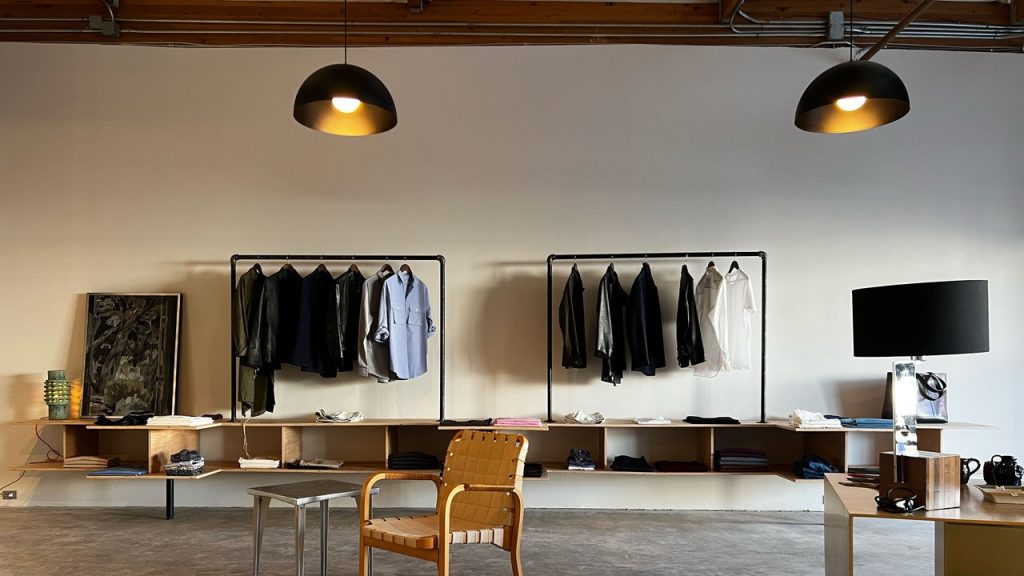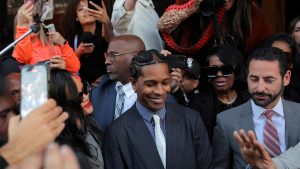This tale of two cities is professional but also personal. Marlow ended up in Palm Springs because he and his partner, the theater director Joe Mantello, had gotten a place there, retreating to it during the pandemic; they liked the life, they liked the community, and they liked, says Marlow “that it’s one of the few places left in America where you don’t get frowned on for being gay.” With Mantello wanting to spend more time there, Marlow started making plans for his Palm Springs store. Except, he says, laughing, “Joe doesn’t want to go back to New York unless he’s working on a project, and now he has like five plays in the pipeline, so he’ll be in New York a lot. And now that I have the store I will mostly be here.”
Marlow is certainly going to be kept busy. There is, he says, a ready market for what he is doing. “There’s this built-in clientele of an educated design customer who is looking for something special to wear,” he says. “The population here has been growing ever since Covid. It’s not like we will have people coming in who are looking for a Palm Springs t-shirt.” Though truth be told, a tee like that might look pretty great under one of his classic but never stuffy jackets.
If his post fashion label life has taught him anything, he says, it’s that working with his clients (who now number well into the hundreds) it’s that design is, “a continual collaboration. It has actually changed the way I designed and the way I approach things,” he says. “I used to be designing a collection with one body type in mind; now I’m fitting one garment on one body at a time. And so I’ve learned so much more about tailoring and how to fit and accommodate people’s desires while making them look good and feel good. And if you don’t feel good in something, you shouldn’t wear it. It makes me so happy to see people’s posture changes when they put something on that I’ve made.”
Immersing himself in a different life experience from New York, and to be in a world of the outdoors and mid-century/modernist design has, he says, imbued his clothing, “with a cleaner, simpler take on things; the less embellishment, the longer things last. I don’t follow trends. I’m really keeping it very less is more.” The backdrop for all of this is no less considered. “I really like the juxtaposition of a gritty down and dirty workspace,” Marlow says, “but with these moments of perfection and allowing for the imperfections to also be perfect.”








